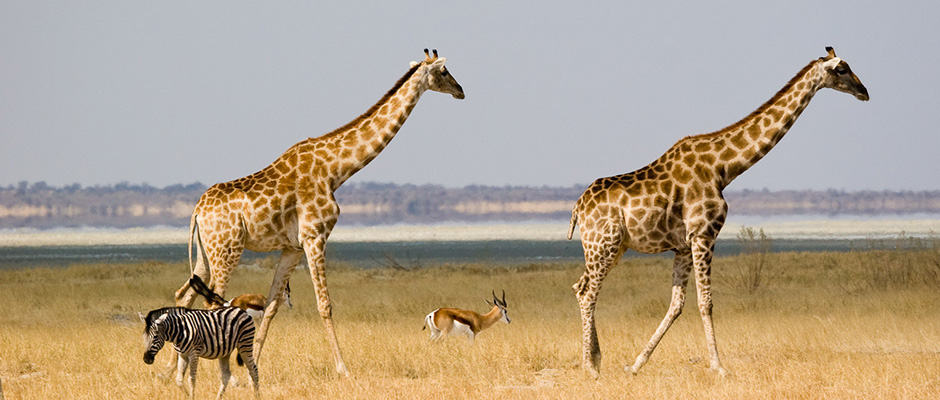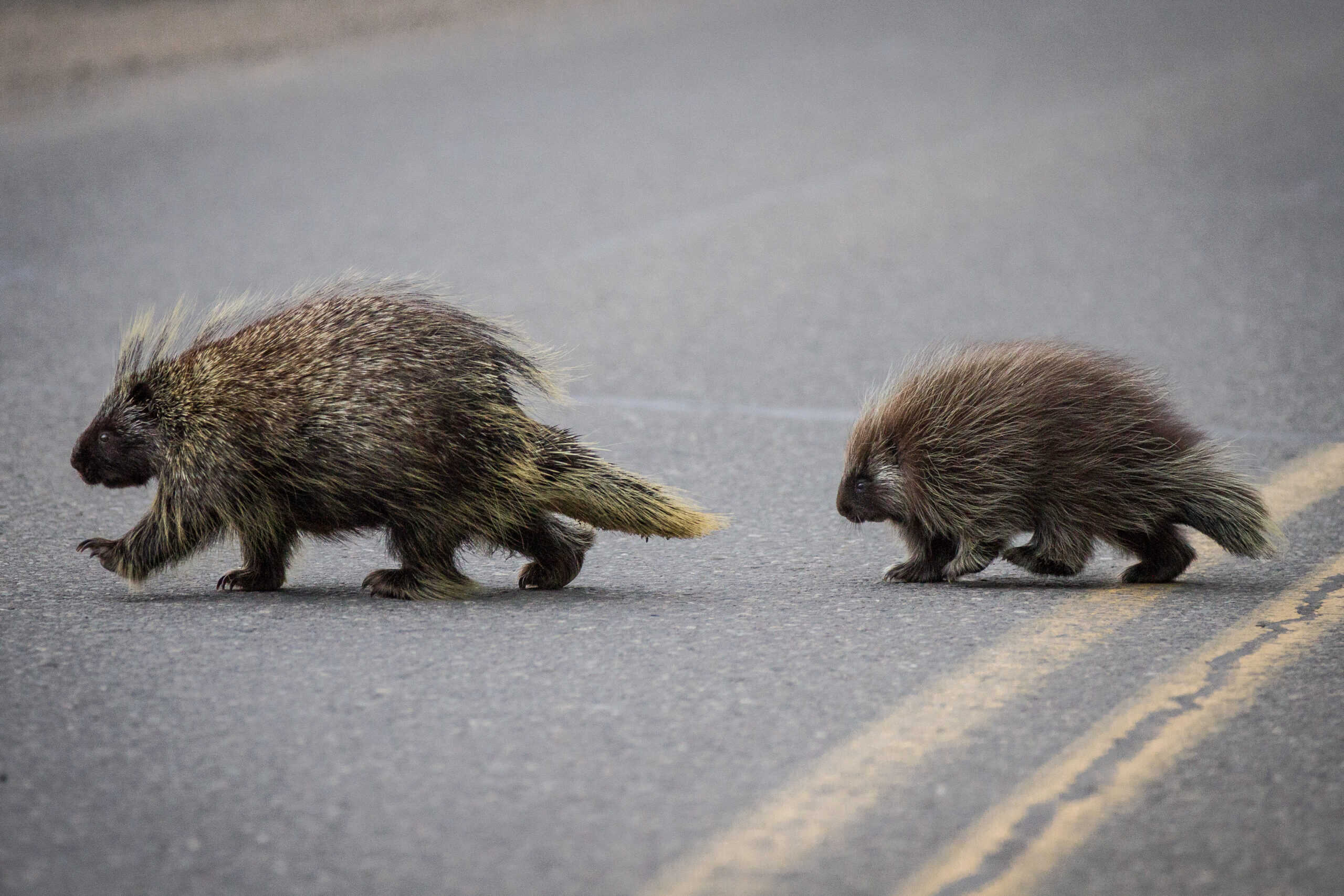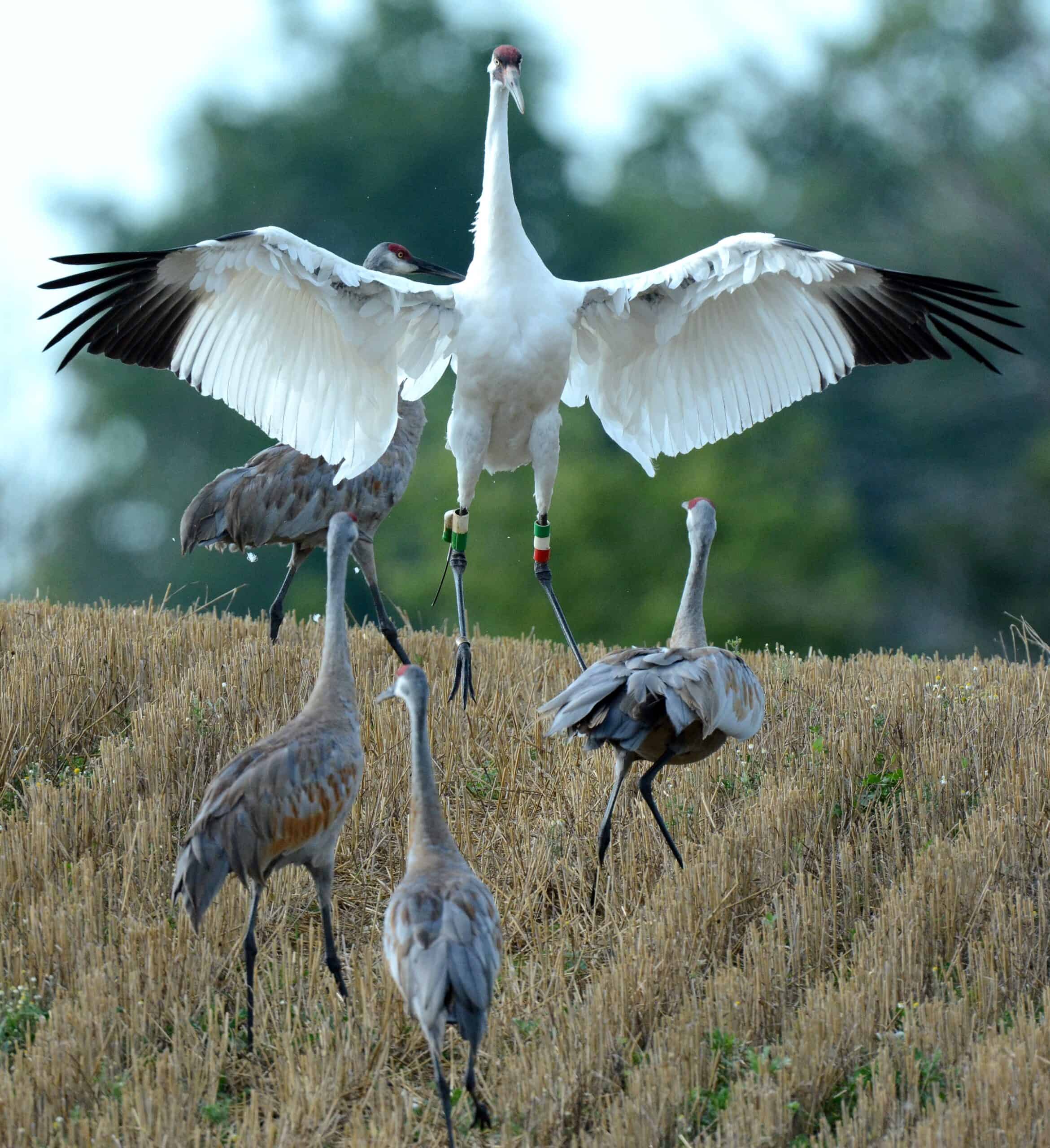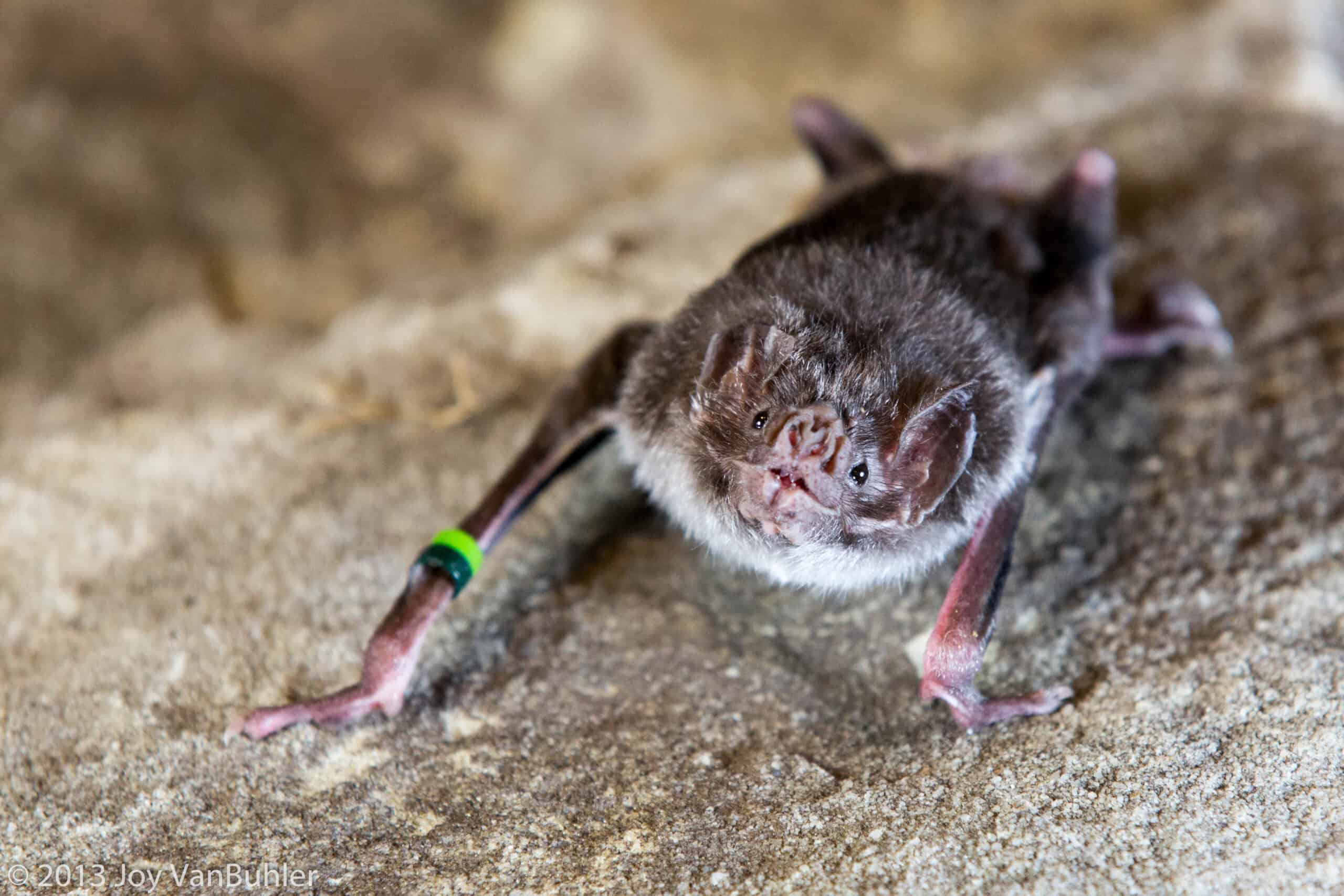Share this article
World’s Giraffe Populations in Peril
Africa’s iconic giraffe may be in trouble — its population numbers have plummeted by more than 40 percent in the last 15 years, according to estimates from the International Union for Conservation of Nature (IUCN) and the Giraffe Conservation Foundation (GCF).
For the past five years, a team of GCF researchers has been looking at historic and current giraffe ranges and assessing giraffe genetics to get a better picture of what giraffe populations look like from country to country and across the continent. “It’s a who’s who of the Big African Blue,” said Julian Fenessy, executive director of the GCF and co-chair of the IUCN Giraffe and Okapi Specialist Group. To date, researchers recognize nine subspecies of giraffe, of which only two are listed endangered on the IUCN red list.
Still, the world’s tallest mammals face many challenges; habitat loss, habitat fragmentation, poaching, and hunting threaten the remaining 80,000 giraffes roaming Africa’s woodlands, deserts, and savannas. Urbanization and the conversion of natural landscapes to agricultural lands not only reduces the amount of habitat available, it can also cut larger areas into smaller fragmented habitats. This can be particularly problematic for giraffes that need large areas to forage and find mates, explained Fenessy.
Giraffes, which can weigh more than 2,000 pounds, are also hunted for their meat. On illegal hunts, poachers will sometimes eat giraffe and other bush meat. And poachers aren’t the only people at the table. Localized tribes and communities have been hunting giraffes for years, according to Fennesy. “For countries in civil unrest, giraffe are large animals and they provide a hell of a lot of food,” he said. Fennesy also noted communities sometimes use giraffe tails for whips and the tough leather for sandals, clothes, and water carriers.
Growing threats have reduced population sizes and pushed some subspecies to near extinction. Fewer than 250 West African giraffe (Giraffa camelopardalis peralta) live in the wild, and new census data from the Rothschild Giraffe Project have Rothschild’s giraffe (G. c. rothschildi) populations hovering around 1,100 individuals. In war-torn Democratic Republic of the Congo, conflict has decimated giraffe populations and giraffes are locally extinct in at least seven African countries, according to GCF.
“I can’t image the world without them,” said Zoe Muller, a research associate of the GCF studying the endangered Rothschild’s giraffe subspecies. “When a kid learns his ABC’s he learns G is for Giraffe. If they were to disappear, it would be a travesty, really.”
Historically, Rothschild’s giraffes roamed throughout the Rift Valley in Africa from western Kenya north to Sudan; now, they live on protected reserves or parks in Kenya with one wild population in Uganda. Surrounding cities, towns, farms, and agricultural lands isolate these populations from one another, making it impossible for the populations to interbreed without human interference. “Some of the parks are within five to 50 kilometers of each other, but they are fenced in. Even if the giraffe wanted to migrate, they can’t,” said Muller.
But the future isn’t so grim for all subspecies. In South Africa and Namibia, giraffe populations are on the rise, and in Tanzania “the numbers are strong,” said Fenessy. He credits conservation and management efforts. “We need to place good conservation practices and good monitoring practices so we can make a difference straight away before it’s too late,” said Fenessy.
Header Image: Image Credit: Greg Willis








